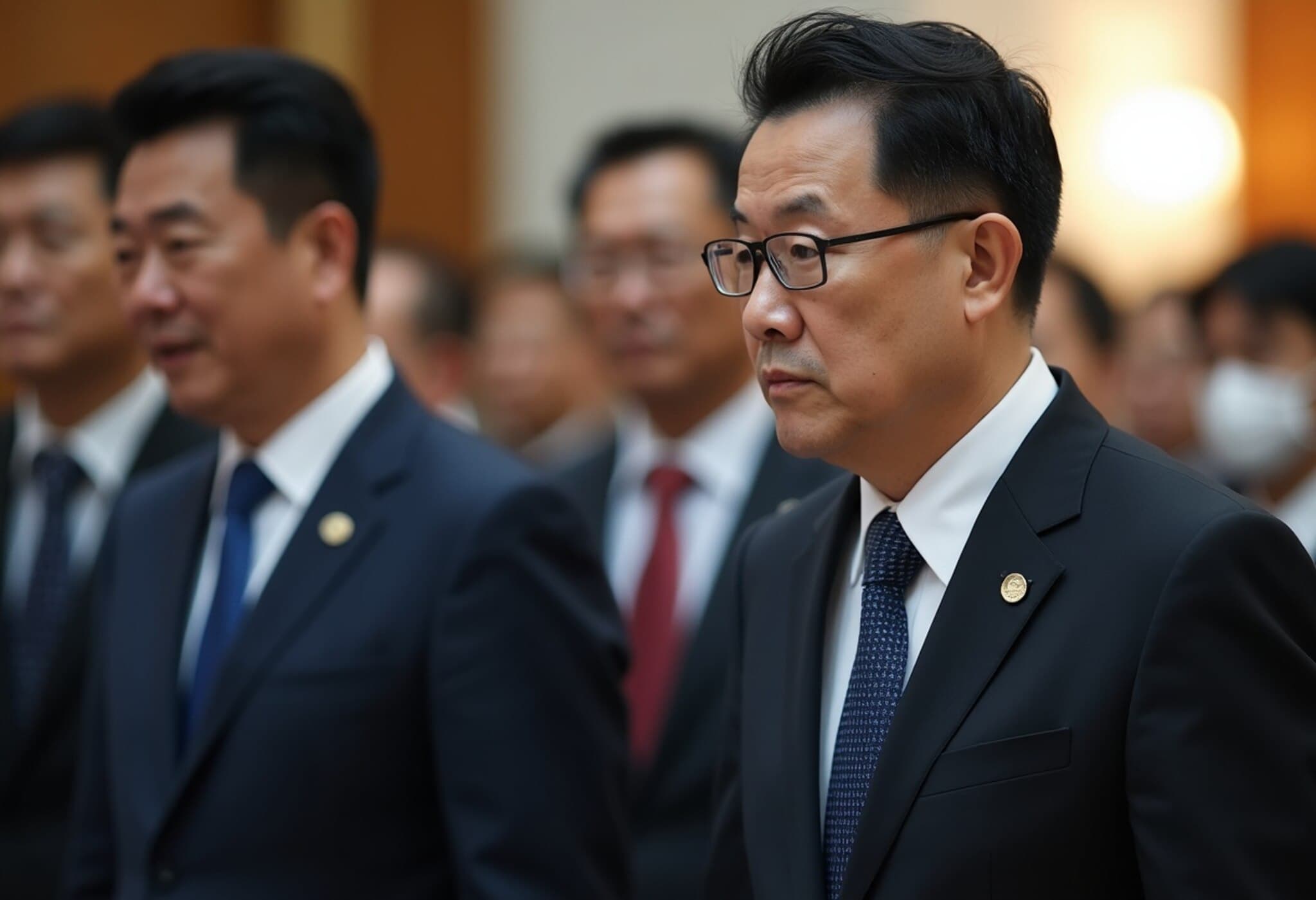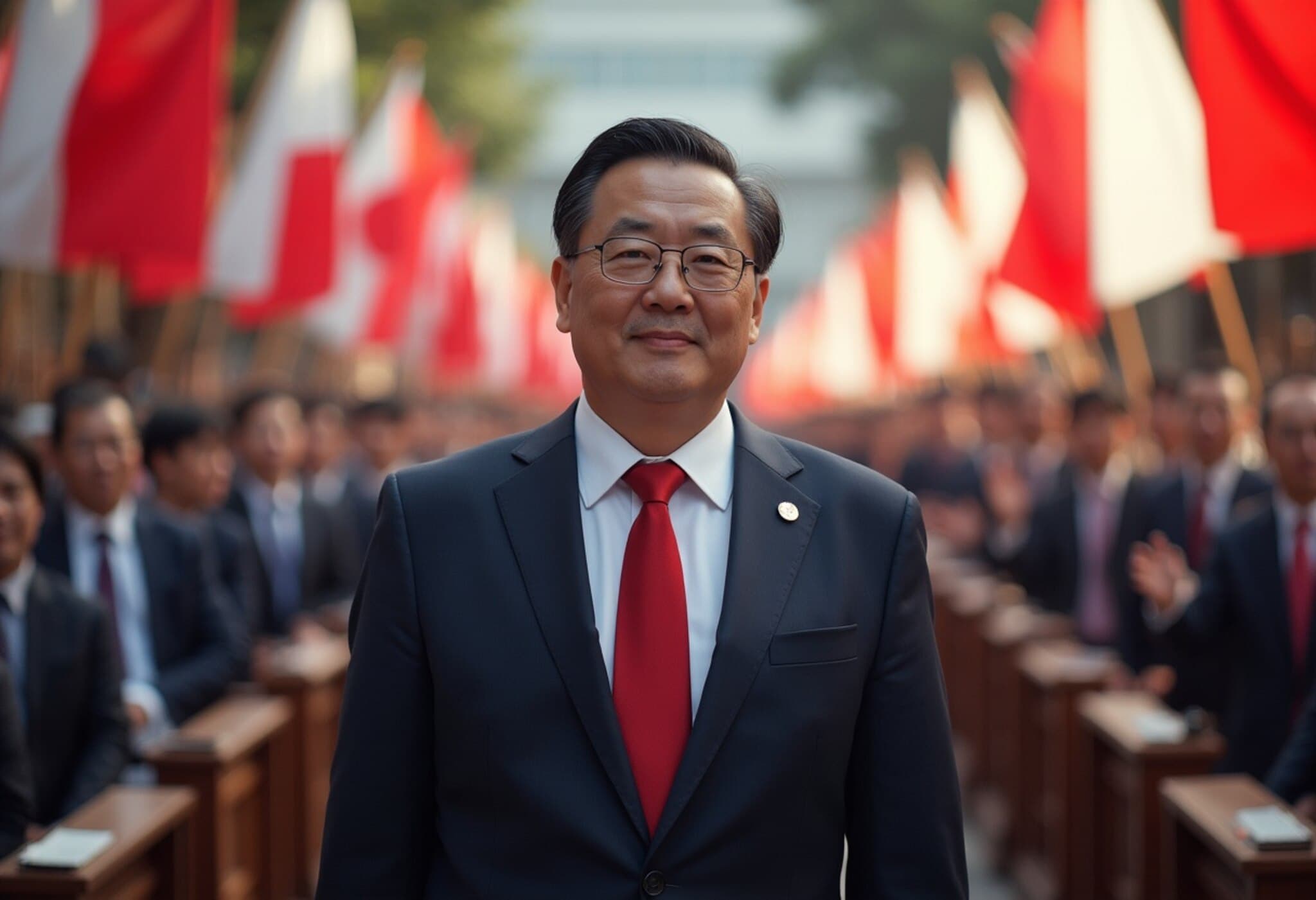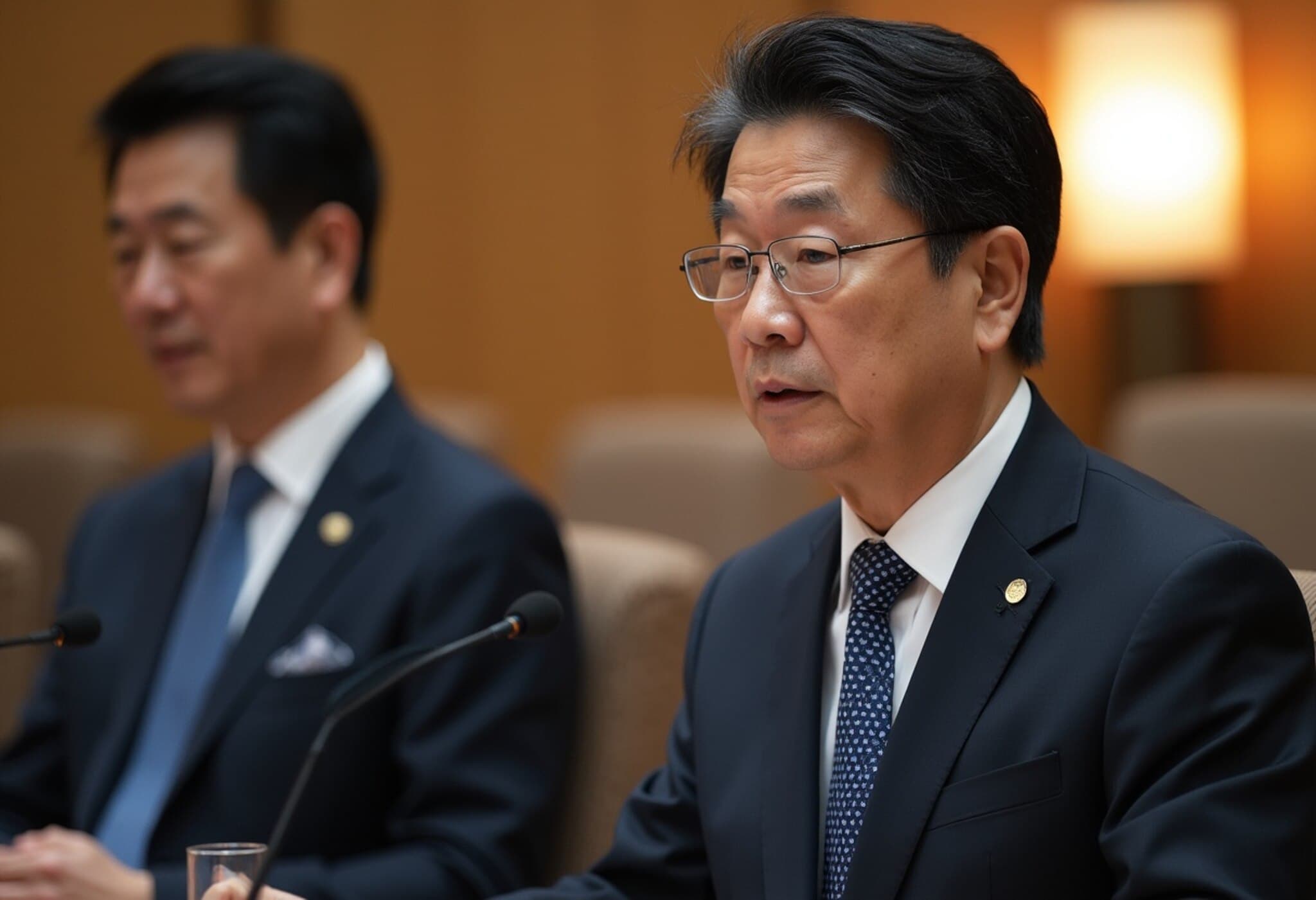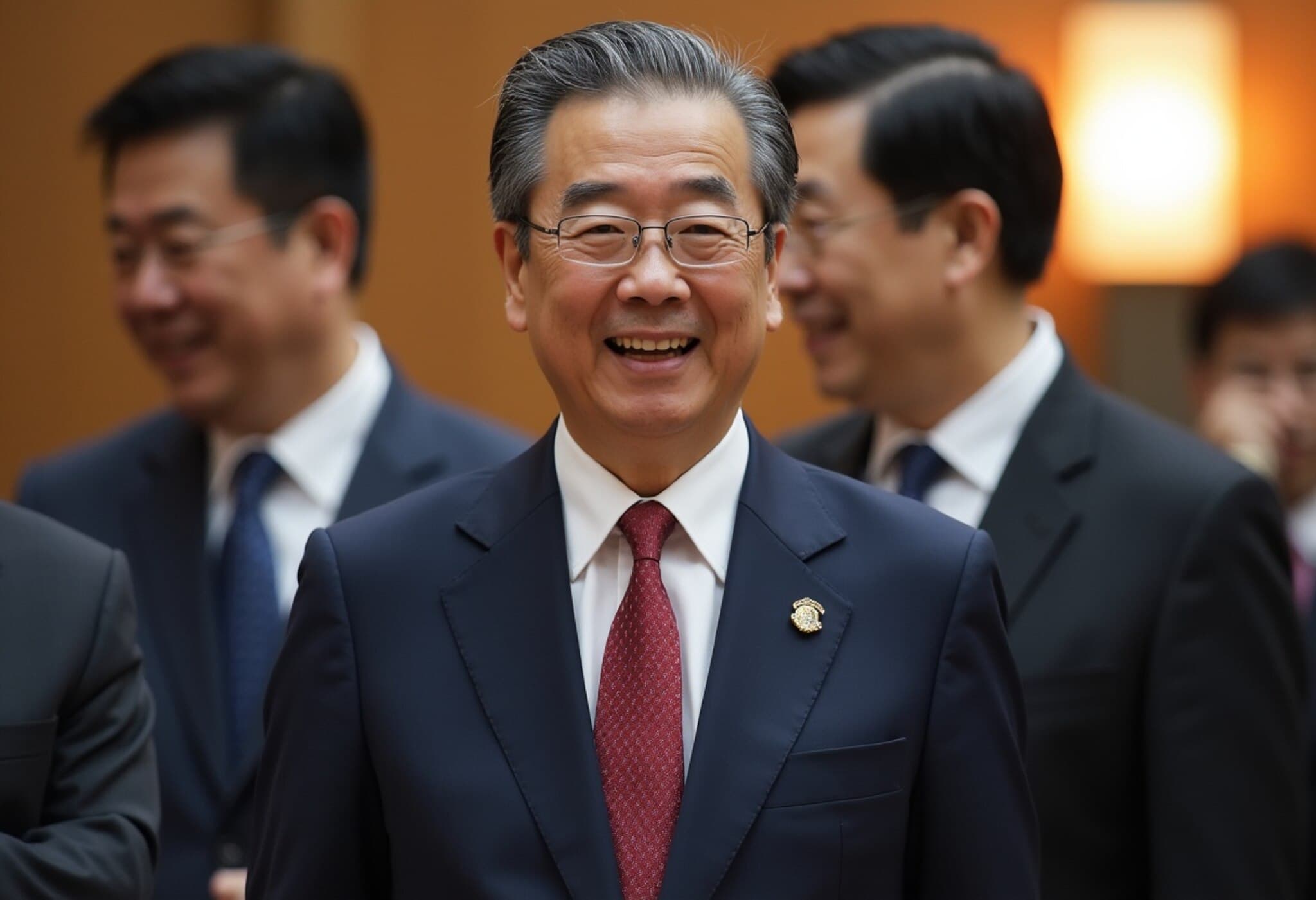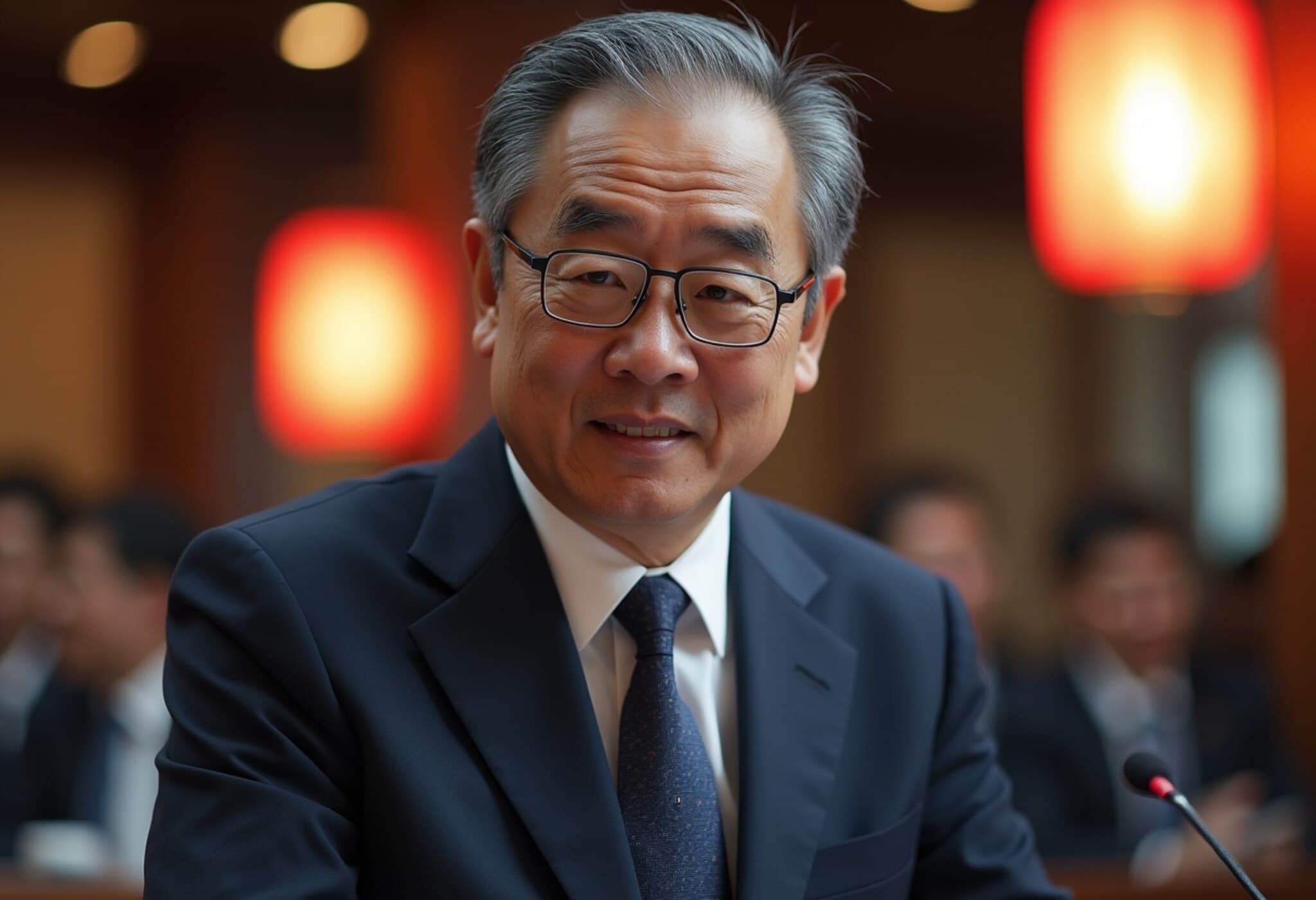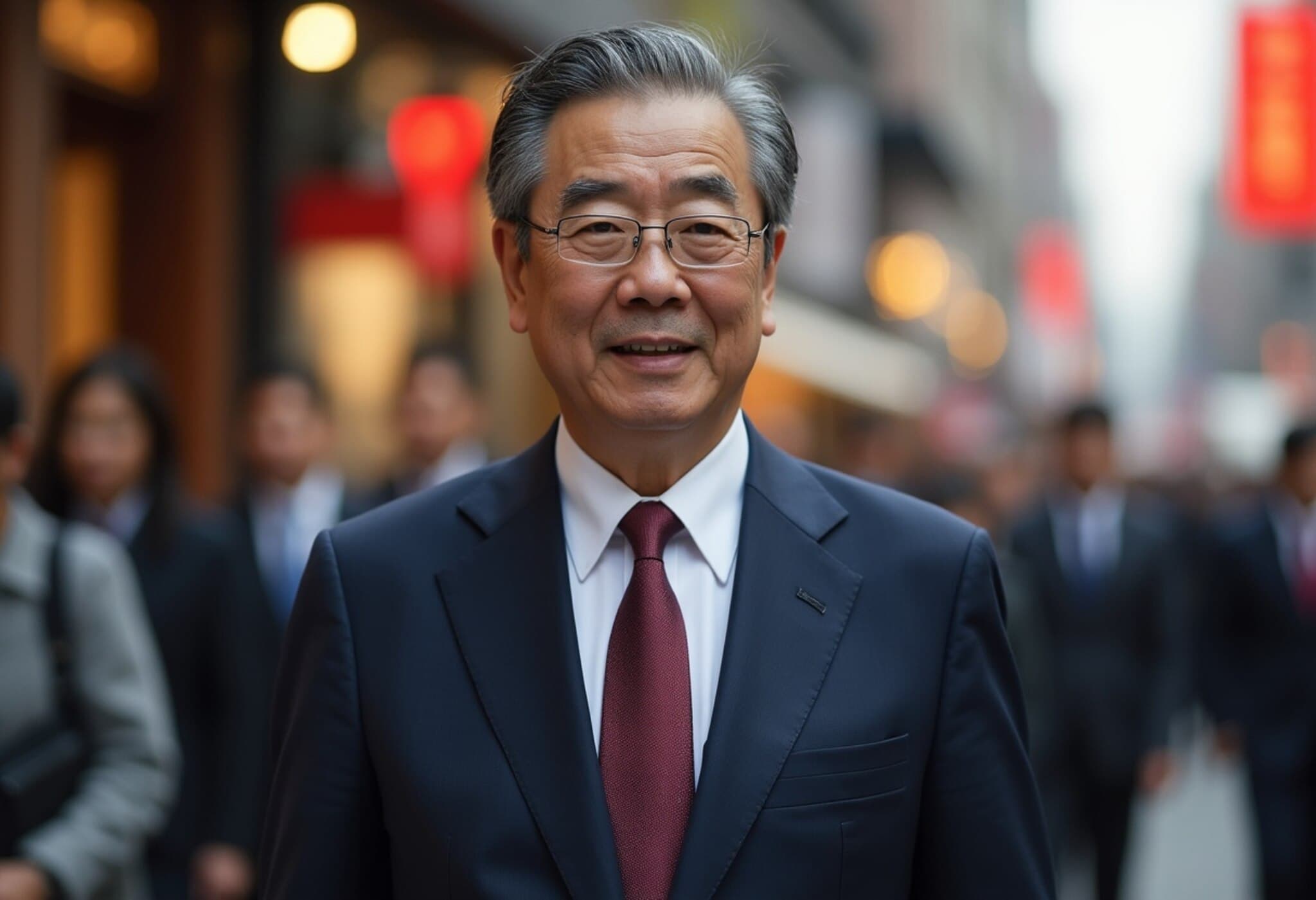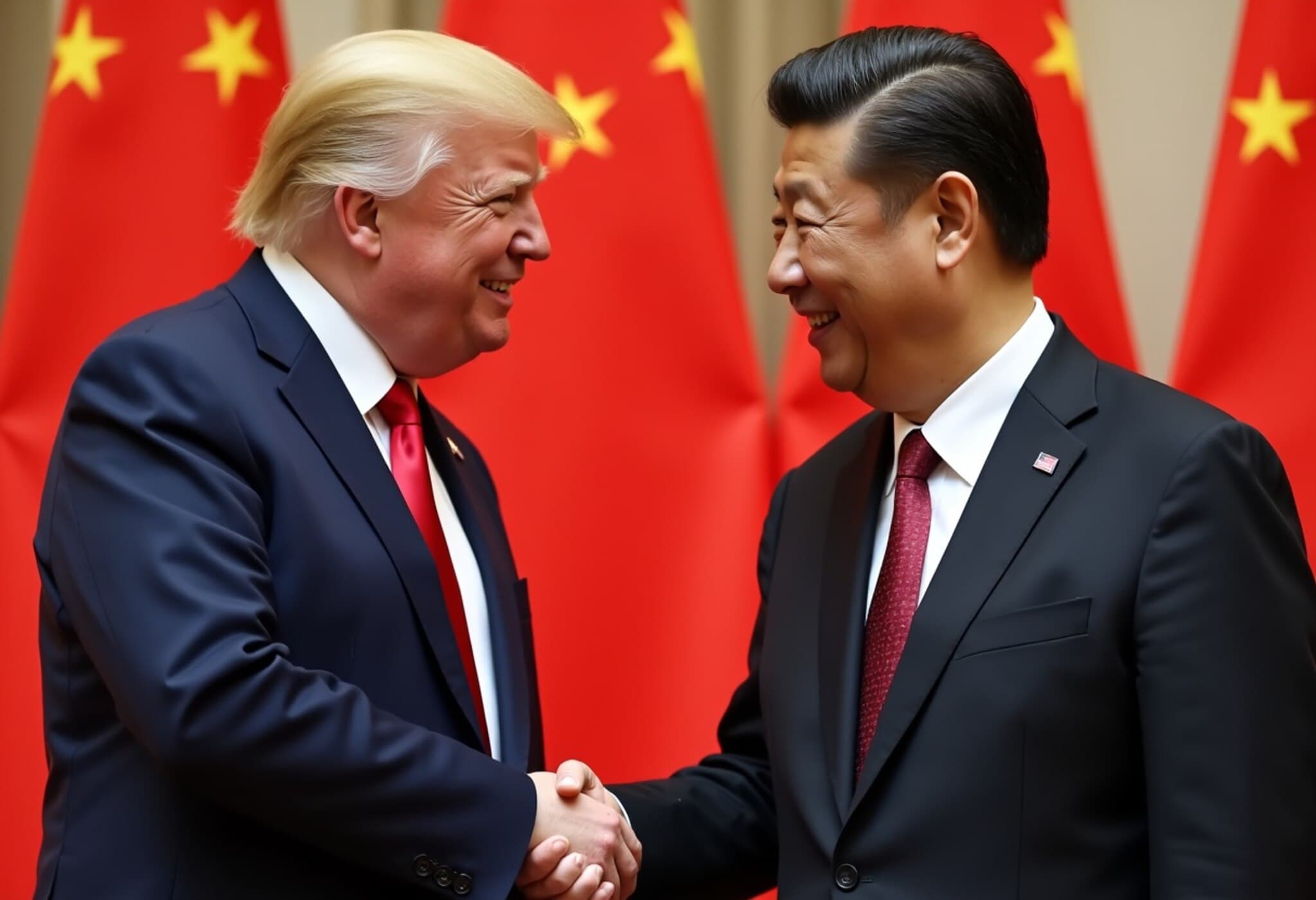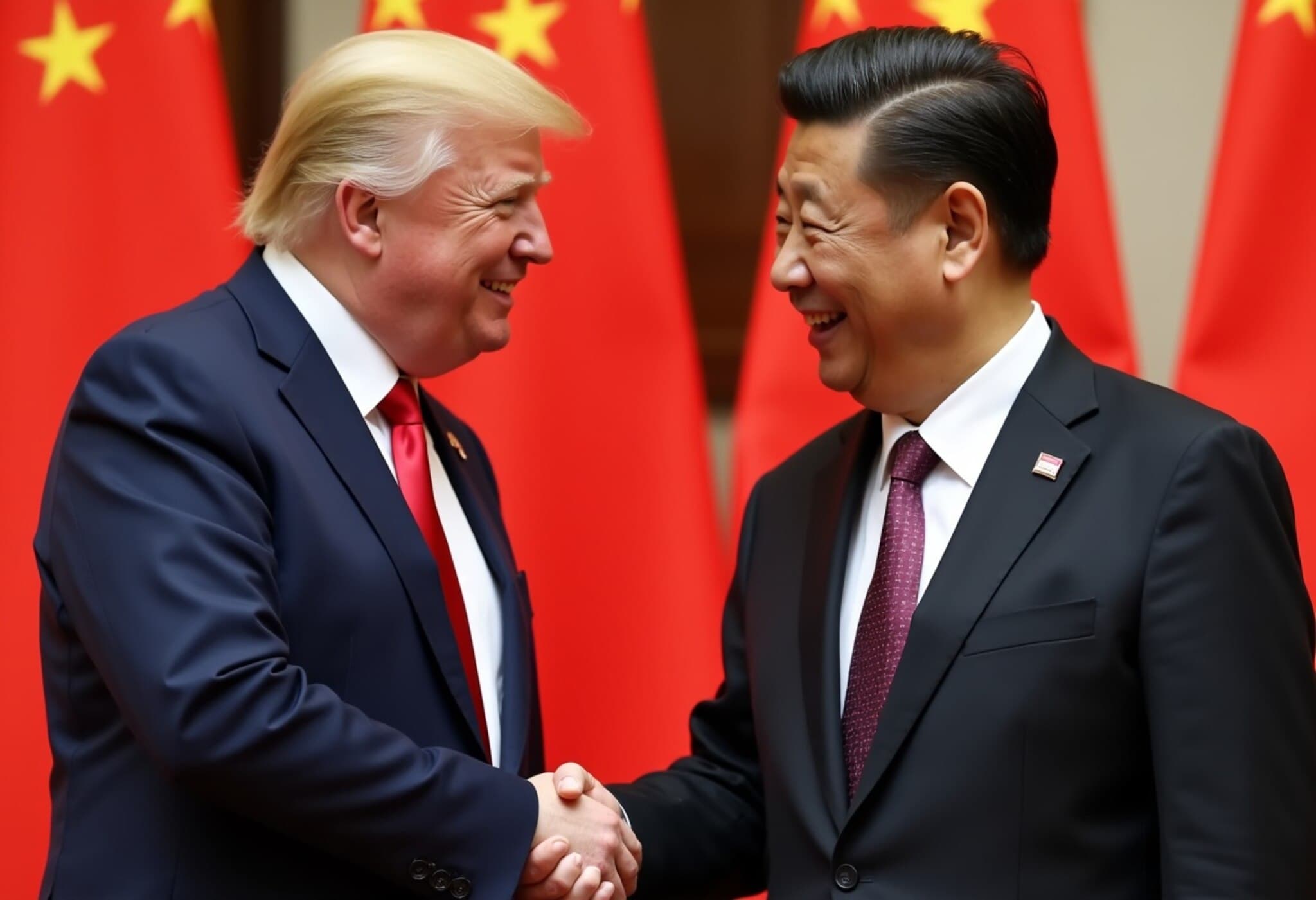Far-Right Sanseito Party Rises as Major Winner in Japan’s Upper House Election
In a dramatic shift that has captured both domestic and international attention, Japan’s far-right Sanseito party emerged as one of the biggest winners in the country’s upper house elections held on July 20, 2025. This political newcomer leveraged nationalist rhetoric, including a “Japanese First” platform, and populist promises of tax cuts and expanded welfare to resonate with a substantial segment of the electorate.
From Fringe to Frontlines: Sanseito’s Unexpected Gains
Founded amid the turbulence of the COVID-19 pandemic, Sanseito initially was considered a marginal force, known more for its controversial conspiracy theories broadcast on YouTube than for grassroot political organizing. Yet, it managed to leap from holding just two out of 248 seats in the upper house to projections estimating between 10 and 22 seats – a staggering tenfold growth by some counts.
Sanseito’s rise has significantly shaken the ruling coalition headed by Prime Minister Shigeru Ishiba, composed of the Liberal Democratic Party (LDP) and its longtime partner Komeito. The coalition’s failure to retain a majority in this chamber compounds an earlier loss of the lower house majority last October, signaling a dangerous erosion of political capital for the government.
The ‘Japanese First’ Message: Nationalism in a Changing Society
Sanseito’s leader, Sohei Kamiya, 47, distanced himself from outright xenophobia but stressed the urgency of defending Japanese livelihoods against what he described as a looming “silent invasion” of immigrants. He clarified in an interview with Nippon Television that his party does not advocate banning foreigners entirely, but that protecting native workers and culture takes precedence.
This message has struck a chord with voters troubled by Japan’s economic stagnation, rising living costs, and demographic challenges — including a rapidly aging population and shrinking workforce. Though immigration remains a relatively low priority for most voters (7% per NHK polls), concerns over social security and inflation have driven support toward parties offering bold remedies.
Contextualizing Sanseito’s Surge: A Global Populist Wave?
Political analysts note parallels between Sanseito’s playbook and the rise of right-wing populists globally, including former U.S. President Donald Trump and Germany’s Alternative for Germany (AfD). Kamiya himself acknowledges drawing inspiration from Trump’s style, pushing a direct and provocative approach to politics that challenges the established order.
Yet, Japan’s political system and cultural context differ significantly, raising questions about how sustainable this movement is over the long term. Japan’s foreign-born population hovers around just 3% — far lower than many Western countries — indicating that the immigration issue does not yet have the same societal footprint. Still, the party’s presence has nudged mainstream debate further right, prompting the ruling coalition to announce new measures targeting crimes by foreign nationals and pledging zero tolerance for illegal immigration.
Implications for Japan’s Political and Economic Future
- Sanseito’s push for tax cuts and expanded child benefits appeals to families feeling the pinch but raises concerns among fiscal conservatives about Japan’s massive public debt and economic stability.
- The party’s highly successful digital outreach, boasting a YouTube following three times larger than the LDP’s, underscores the power of social media in shaping Japan’s political discourse going forward.
- As Sanseito seeks alliances with other small parties rather than the long-dominant LDP, Japan may experience greater political fragmentation, complicating policy-making during a critical period of economic reform and demographic change.
A Complex Picture: Public Perception and Media Narrative
While critics quickly labeled Sanseito as xenophobic, Kamiya and his supporters argue that media coverage misrepresented their views, and that the party’s success reflects genuine public frustration. The party’s challenge will be to broaden its base beyond its core demographic of younger men, a goal it pursued by fielding female candidates, including the popular singer known as Saya, who successfully won a seat.
Expert Commentary: What This Means Beyond Japan
Joshua Walker, head of the U.S. nonprofit Japan Society, interprets Sanseito’s rise as symptomatic of deeper vulnerabilities within the LDP and Japan’s political landscape. He notes the party’s resonance in the U.S., highlighting the increasing global visibility of nationalist and populist movements. Japan’s experience could serve as an early indicator of how countries with low immigration might still grapple with cultural and economic anxieties driving far-right politics.
Editor’s Note: Navigating Identity, Economy, and Globalization
Sanseito’s breakthrough in Japan’s upper house elections shines a spotlight on the complexities of nationalism in an increasingly interconnected world. As Japan wrestles with demographic decline, economic pressures, and social change, the party’s growth prompts critical questions: How will Japan balance its need for foreign workers with rising protectionist sentiment? Can political discourse remain open and constructive in the face of populist rhetoric? And what lessons can other democracies draw from Japan’s evolving political landscape?
This development is more than a mere political upset; it reflects a global wave of identity politics intersecting with economic uncertainty, warranting close attention from policymakers and citizens alike.


